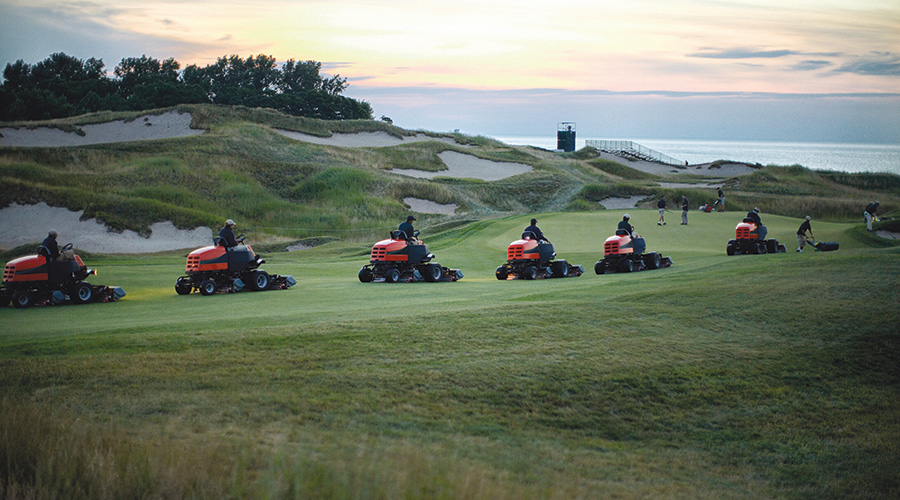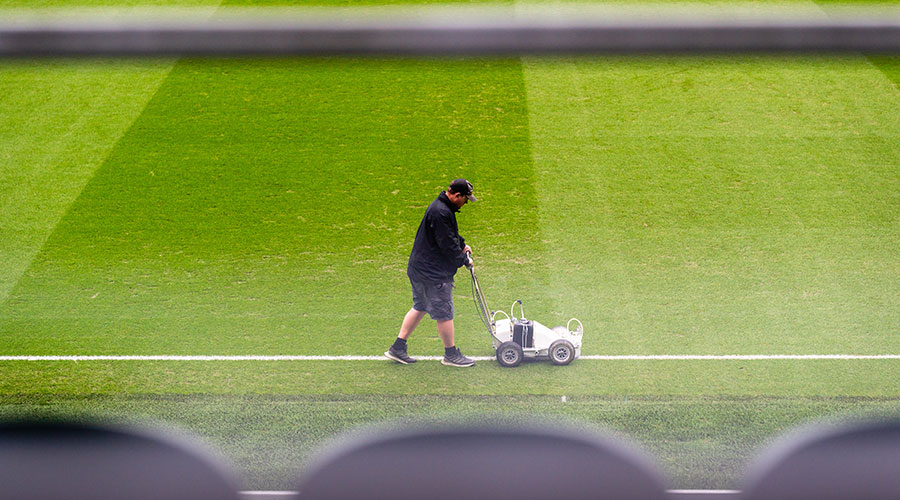Four Key Questions When Specifying Light-Construction Equipment
Unlike mowers or utility vehicles, light-construction equipment generally is not something crews operate every day. Typically, managers specify these larger pieces of equipment for more complex projects that can last days, weeks or even months, depending on the scale of the job. So when specifying this type of equipment, managers first need to determine how often crews will use the machines and then identify the type of jobs that call for heavier-duty equipment.
“It starts with, ‘What kind of work am I doing today,’” Hershberger says. “That’s the number-one thing. The next one is, ‘OK, let’s look beyond that. Are there other kinds of jobs I’d like to do with this machine in the future?’”
Kelly Moore, a product manager with Gehl Co., says managers need to ask four questions when specifying light-construction equipment:
• What is the type and size of the job?
• What type of machine or machines would best serve the requirements of the job?
• What size machine is best suited for maneuvering on or around landscaped areas to perform the tasks efficiently?
• What machines have the controls and features to make the operators as productive as possible?
Productivity also comes down to getting from Point A to Point B on a campus that can stretch hundreds of acres. So when trying to decide between different types of equipment and features, managers should think about the speed of equipment and the way crews will transport machines between jobs.
“A lot of times, it’s about the size,” says Gregg Zupancic, product marketing manager with John Deere’s Construction and Forestry division. “If they have a big campus, for example, they might want to consider how that machine might get moved around. Is it going to be on the back of a pickup truck?
“Or, they might want to consider getting something that moves a little faster, so there are options, like two-speed travel. If you’re going to be running from one end of a big acreage to another with a skid steer, it’s going to take a long time in a standard configuration.”
Whether the equipment is mowers, utility vehicles, skid steers or excavators, the one constant that remains is the need for versatility. Especially if managers are going to rent — not buy — the equipment, the ability to perform a range of tasks is important.
“Attachments are a big part of it, but also, the way we designed the base machine so that it can be adapted to different work tools,” Hershberger says of versatile equipment. “That includes things like hydraulic systems. Is the system capable of engaging a variety of work tools and providing the flows and pressures needed to drive and operate those tools efficiently?”
Related Topics:















